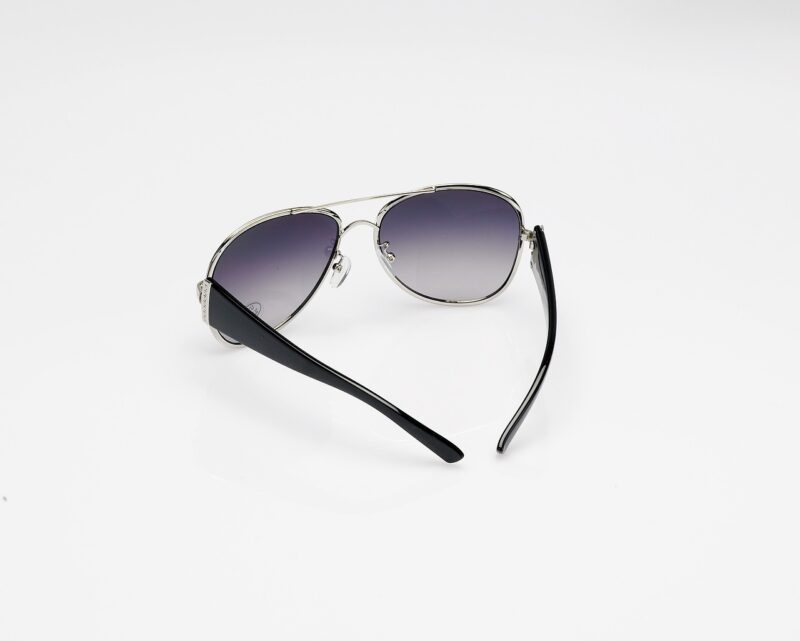Nostalgia Overload: Why We Crave Trends from Decades Past and What They Say About Us
November 17, 2024

In a world that often feels overwhelming and fast-paced, there’s a peculiar phenomenon that many of us experience: nostalgia. Whether it’s the resurgence of ’90s fashion or the revival of ’80s synth-pop music, trends from our past seem to resurface with surprising regularity. This article delves into the reasons behind our collective longing for yesteryear, the psychology of nostalgia, and what these cravings reveal about our current lives.
1. The Allure of Nostalgia
Nostalgia isn’t just a fleeting whim; it’s a powerful emotional experience that connects us to our personal histories and the perceptions of our youth. It’s a sentiment that evokes warmth and comfort, often being described as a bittersweet emotion. But why do trends from decades past have such a firm hold on our collective consciousness?
Research suggests that nostalgia provides psychological benefits that can help individuals cope with stress and uncertainty. According to psychologist Constantine Sedikides, nostalgia can boost self-esteem, strengthen social bonds, and even enhance overall mood by creating a sense of belonging as we relive shared cultural experiences. The resurgence of retro trends often acts as a vehicle for these feelings of nostalgia, bringing back memories that can transport us to simpler times.
2. The Cycle of Trends
Fashion and cultural trends are often cyclical, returning every couple of decades. This cycle of reinvention is seen in everything from style choices and music genres to television and movie themes. The question arises: why do we continue to recycle styles from the past?
One explanation is that each generation seeks to redefine its identity in contrast to its predecessors. By adopting elements from past decades, we simultaneously pay homage to our history while asserting our individuality. For instance, the revival of ’90s grunge is not just a return but a reinterpretation of that era’s spirit. It allows new generations to connect with the past while also making the style their own.
3. Cultural Influences: Media and Technology
In our hyper-connected digital age, cultural references and trends travel faster than ever. Social media platforms like Instagram and TikTok are pivotal in resurrecting past trends, giving them new life and relevance. Vintage aesthetics, retro playlists, and throwback posts have become staples of modern content. These platforms facilitate a collective nostalgia, where users can share and experience the same feelings of remembrance.
Moreover, the rise of streaming services has led to the revitalization of classic shows and movies. Shows like “Friends” and “The Fresh Prince of Bel-Air” have not only remained popular but have also introduced their charm to new audiences. The combination of accessibility and nostalgia fuels a communal longing and reinforces the appeal of revisiting decades gone by.
4. The Psychological Comfort of Familiarity
In times of societal change or upheaval, nostalgia can offer a sense of stability. The fast pace of modern life can lead to feelings of anxiety and uncertainty; thus, revisiting beloved trends from our past provides an escape. Fads from our childhood or formative years become symbolic anchors, grounding us in a familiar space amidst the tumult of today’s world.
The resurgence of trends may also serve as a lens through which we view our current circumstances. For instance, the increased popularity of retro fashion during global crises often reflects a collective desire for comfort and familiarity. Many individuals gravitate towards styles that remind them of simpler and more secure times, thereby allowing them to escape the present’s pressures and anxieties.
5. What Nostalgia Reveals About Our Society
When we examine the trends we cling to from the past, they often say more about us than we realize. The preferences we express can reflect the broader societal values and issues we face today. For example, the popularity of ’80s pop culture can often highlight themes of rebellion and individuality, while ’90s nostalgia may emphasize communal experiences and friendship.
Furthermore, the revival of sustainable fashion can also indicate a growing awareness of environmental issues and a desire to embrace more mindful consumerism. As we navigate contemporary challenges, our nostalgia can serve as a reflection of our hopes, fears, and values, using the lessons of the past to shape our identity in the present.
6. Embracing Nostalgia in Our Lives
Nostalgia transcends generations, existing not just in fashion and music but also permeating art, literature, and lifestyle choices. There’s no harm in indulging in nostalgia; it can create connections with others, inspire creativity, and act as a source of comfort. Embracing past trends can help everyone find common ground, reigniting friendships or creating new relationships based on shared experiences.
Whether through a movie marathon of iconic films, hosting a retro-themed party, or sporting a reimagined ’90s outfit, the ways we engage with nostalgia are diverse and meaningful. By actively participating in nostalgia, we not only celebrate the past but also foster connections that can enhance our present.
Conclusion
The craving we have for trends from previous decades can be attributed to a mixture of psychological comfort, societal reflections, and generational cycles. As we navigate the complexities of modern life, nostalgia offers a sanctuary where we can reconnect with our identities and create bonds with others. By understanding the beauty and significance of nostalgia, we can appreciate how past trends shape our present and future—not just as mere fads, but as reflections of who we are and what we seek in our ever-changing world.
Ultimately, nostalgia isn’t just about looking back; it’s a bridge that connects our past experiences with our present realities, revealing deeper meanings about our culture and ourselves within it.







